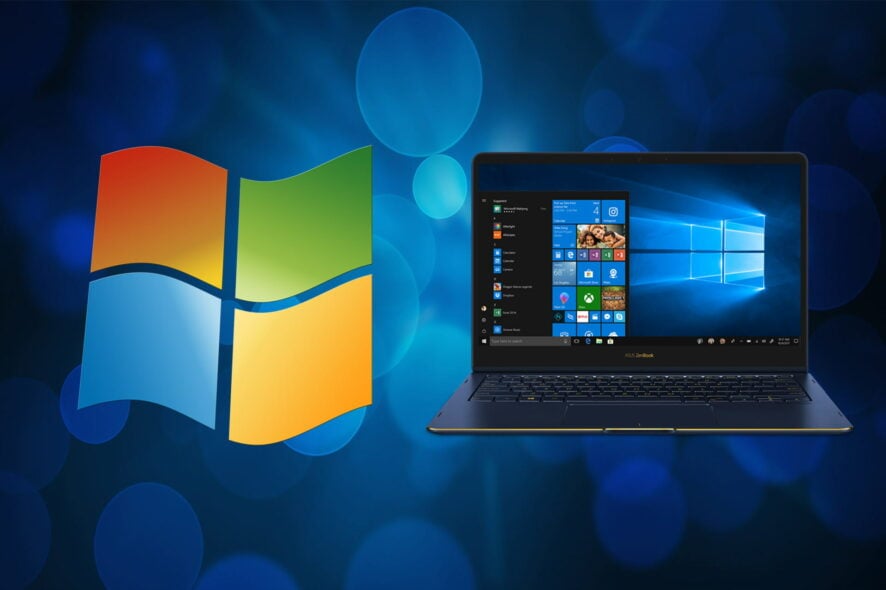How do I upgrade to Windows 10/11 with low disk space
3 min. read
Updated on
Read our disclosure page to find out how can you help Windows Report sustain the editorial team. Read more
Key notes
- Even if it’s challenging, there’s a way to install Windows 10 on devices with limited disk space.
- Refer to the below steps in order to get the desired OS version even on your low disk space PC.
- If there’s enough hard drive space left, correct the issue by using the best optimization software.
- Whenever you need help, keep in mind that you can visit this Tech Tutorials Hub in that regard.

Upgrading to a new operating system isn’t always easy. For example, you might encounter some issues with hardware requirements.
One common question that many users have is how to install Windows 10 on devices with low free disk storage space or a small hard drive. Worry not, we’re going to explain to you how to do it.
How do I install Windows 10 on low disk space computers?
1. Free up disk space before installing Windows 10
When you start upgrading to Windows 10 setup will perform a compatibility check to see if you have enough hard drive space. The setup will inform you of how much space is required.
In most cases, Windows 10 takes about 10 GB of your hard drive, but it’s recommended to have some more for additional files and software.
If this is a problem, the easiest way to free up some space is to perform an in-depth cleaning for your hard drive and free up valuable memory space instantly.
To perform that without erasing essential system files, it’s recommended to use reliable memory cleaner software to free up disk space.
Just make sure that you leave some extra space available because you’ll need it for updates and additional software.
2. Use an SD card
Another option is to use an SD card as well but be careful because SD cards drivers are not migrated if the device doesn’t support Connected Standby.
You don’t have to use an external hard drive or USB for installation. But if you don’t use it, you’ll see that on your hard drive there’s a previous version of Windows available.
Don’t worry, this version will be automatically deleted after 30 days, or you can delete it manually right now if you want.
If you decide to use a USB stick or external hard drive during Windows 10 installation, your previous version of Windows will be moved to that external device.
As you can see you don’t need that much space in order to install Windows 10, but if you want to save maximum space, you might want to use external storage to store your previous version of Windows.
Alright, so now that you have all the information you need to upgrade your low disk space device to Windows 10, let’s quickly sum up the steps to follow.
3. Install Windows 10 on a low disk space computer
- Check your hard disk space. Make sure you have at least 10 GB of free space.
- If you don’t have enough disk space, use Ashampoo WinOptimizer to free up some space.
- Once you’ve got at least 10 GB of free space, your Windows 10 install will begin.
- Wait patiently and follow the on-screen instructions.
Have you completed the above procedure? Let us know how it went for you in the comments area below.









User forum
1 messages